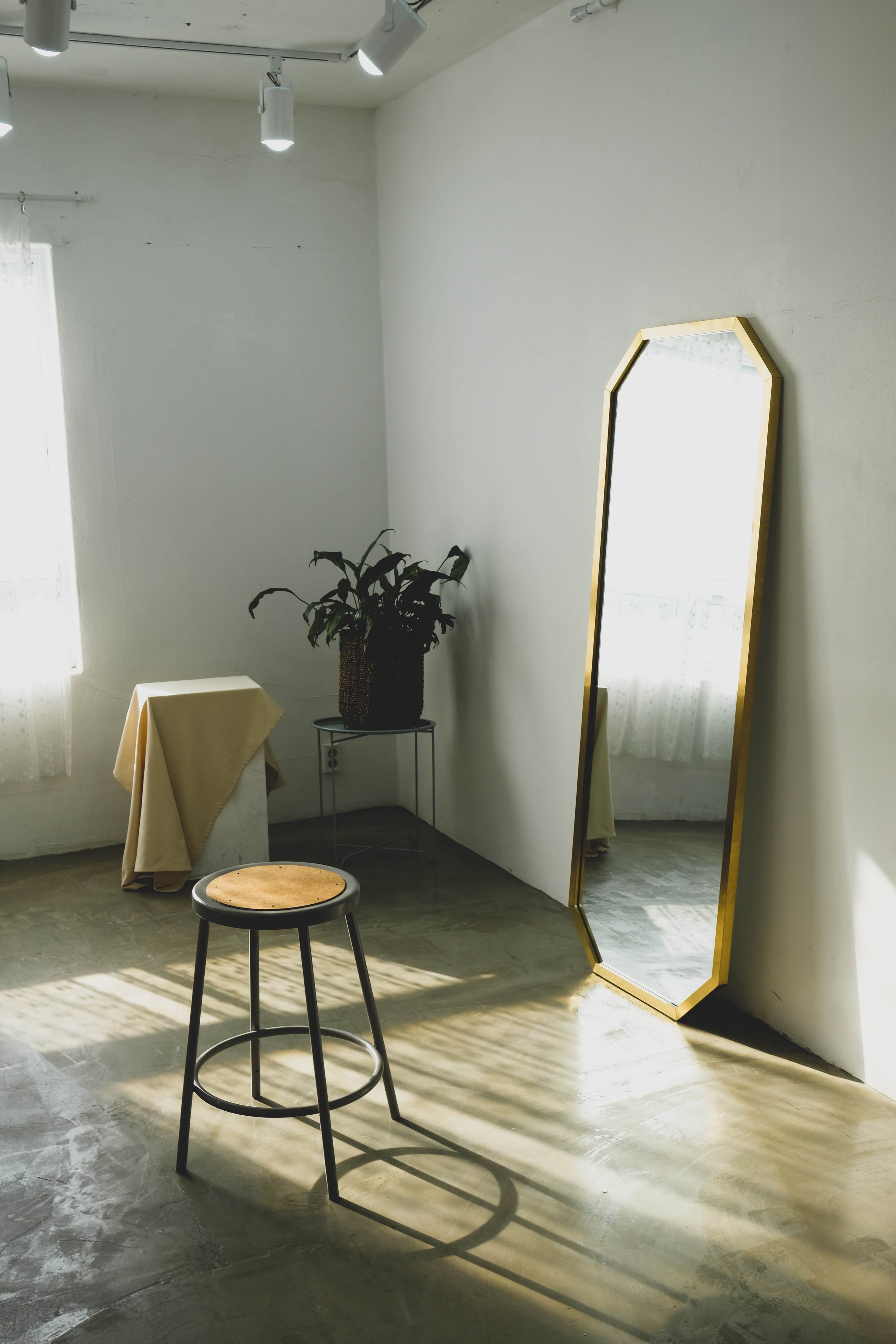The Grief Wishlist
When my mother was dying, I was pregnant with my first baby. As you can imagine, there were a lot of complicated feelings swirling around: joy and relief (it was a process for me to get pregnant; this was a very wanted kid) mixed with grief and anxiety and also hope that my mom would be alive when the baby came. As close as we were, it was almost impossible for us to talk about the idea of her dying before I became a mother. Mostly we didn’t talk about it at all. Then one day she suggested that I write down a list of questions for her about babies and she would write down the answers. Just in case.
I never did it.
Not because I didn’t want her answers; I wish I could go back in time and write down a hundred questions for her. But at the time I didn’t know what to ask and honestly, I didn’t want to admit to her or to myself that she wouldn’t be with me when I had the baby.
I wish I had written down something.
I’m sharing this story because it is typical of grief. “I wish” can be followed by any number of should have’s or could have’s, if we had only known that the person in question was going to die. I hear it from my clients: “I wish we had spent more time together” or “I wish I was more patient.” The grief wishlist can be unending if we let it be. There is always some regret when we lose someone we love.
The question is, what to do with those feelings? When I hear my clients say they wish they hadn’t spoken sharply to their loved one, or they wish they had been more present, I don’t wave it away and say it doesn’t matter. Instead, we sit together with the sadness and the regret and the guilt. We acknowledge all the things that can’t be fixed or changed once someone is dead. We talk about what the wish really means, which is usually, “I miss this person. I want them back. I wish they hadn’t died.”
Feeling our grief is the only way through it. When you find yourself saying, “I wish” or “I should have,” don’t run from that feeling. Tell someone you trust (ahem, like a therapist!). Write it down. Acknowledge that your grief is complicated and nuanced. Consider your grief wishlist as a tender, loving tribute to the person you miss. Personally, when my grief wishlist feels heavy, I talk out loud to my mom. It’s a private conversation so I won’t share it with you but I will tell you that doing that helps me. There’s something that will help you too; you just have to find it.













